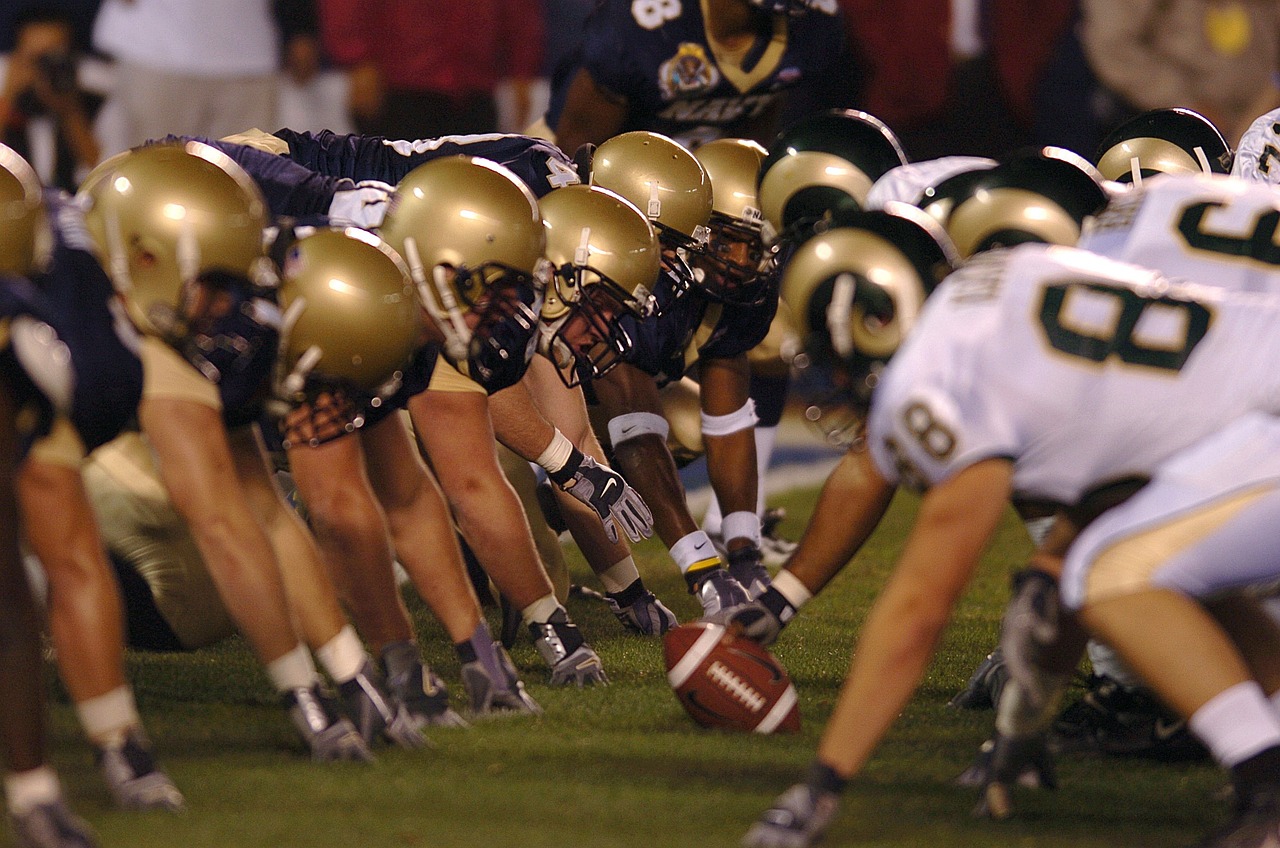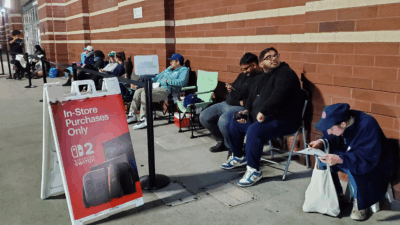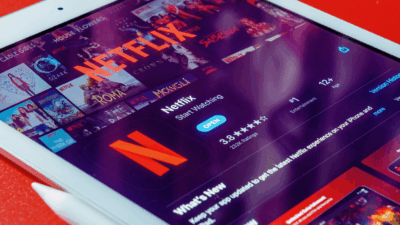Entering the Red Zone: The NFL’s Hail Mary Bet to become a Global League

Sign up for smart news, insights, and analysis on the biggest financial stories of the day.
It’s that time of year again. The time when you can’t stop humming a certain jingle played on Monday night ESPN broadcasts. Or when it could be tantamount to sacrilege to confess what your top priority is on Sundays.
Baseball may own the title of America’s favorite pastime, but by any objective measure professional football is the most popular sport — or cultural institution, for that matter — in the country. By far. Only one sport, after all, has a championship game that doubles as an ersatz national holiday.
But when it comes to winning fans beyond American shores, the NFL keeps hitting the upright. Despite existing as the gravitational force around which 23 weekends of American life revolve, the game has made surprisingly little impact in other corners of the world. While the other major leagues regularly recruit players from the Philippines, Czech Republic, and Japan, it’s Saint Thomas Aquinas in Florida, or DeSoto high school in DeSoto, Texas, that pump out NFL-caliber talent year-in, and year-out.
And that’s what we’re tackling today — why the NFL has fumbled various attempts to grow the game of American football abroad, and what that means for the future of the world’s richest sport.
Delay of Game
So just how popular is the NFL? Its TV ratings certainly tell the story: The Super Bowl is virtually always the most viewed telecast of the year, and playoff games and primetime regular season matchups routinely dominate annual domestic Nielsen rating lists. In 2021, NFL broadcasts accounted for 38 of the top 100 most viewed telecasts, including eight of the top 10. The MLB, by comparison, earned three spots through World Series Games while the NBA saw only one Finals game chart among the cream of the crop.
The NFL, unsurprisingly, is a cash cow. In its most recent season, the league generated a record $18 billion of revenue, according to Sportico.
How does that compare to other sports leagues, both at home and abroad? The NFL wins the revenue battle in a blowout akin to Super Bowl XXIV, the most lopsided Super Bowl ever:
- The English Premier League, the top-grossing sports league outside of America, scored record revenue through its most recent full season…of just $6.2 billion. That’s the most popular league of the world’s most popular sport — in which each club has 38 games worth of ticket sales and media rights contracts to monetize — and it earned just a third of what the NFL did.
- Meanwhile, the MLB, the world’s second-highest revenue earning league, is hoping to crack $11 billion in revenue for its first time ever this season, while the NBA, the world’s third-most lucrative sports league, grabbed $10 billion in revenue for the first time last season.
Yet, the NFL remains a homebody. Of the $18 billion generated in its most recent season, less than $1 billion comes from international sources. In fact, according to Damani Leech, who served as the league’s COO of international operations before getting hired as the Denver Broncos’ team president, the league has set an intentional goal of achieving $1 billion in annual international revenue in the next five years. The NBA, meanwhile, saw over 10% — over $1 billion — of its revenue come from overseas, league COO Mark Tatum told The Financial Times in April. International NBA fans account for over half of merchandise sales, and international markets — China, in particular — spend big bucks for media rights deals.
What makes the NFL such a third-stringer abroad? One possible explanation is its relative lack of diversity. Just 3% of players in the league hail from outside the US, compared with over 20% of NBA players who are not Americans. And each NBA player from abroad becomes a brand ambassador for American hoops to their legions of fans at home. And while the MLB has not disclosed its inflow of international dollars, its player pool is nearly 30% international, a byproduct of baseball spreading like wildfire across the world, from South Korea to the Dominican Republic.
Missed Field Goals: While the league has failed to catch on abroad, it’s certainly not for lack of trying. But the NFL’s attempt to grow the game overseas has been a bit like Lucy yanking the ball away from Charlie Brown. It’s tried, and tried, and tried — only to achieve the same paltry result.
The NFL found some small success hosting an annual preseason game in London in the mid-1980s. By 1989, feeling their oats, league owners unanimously voted to back a Springtime minor league called the World League of American Football, consisting of six US-based teams in addition to clubs in Montreal, London, Barcelona, and Frankfurt. By 1998, the league morphed into an entirely-Europe based institution called NFL Europe. In 2007, it was redubbed NFL Europa. If you’re wondering how you’ve never heard of such an endeavor, it’s because the NFL shuttered the organization ahead of the 2008 season, after mounting some $30 million in annual losses.
Still, the dream of a better-traveled NFL continues. The league has long floated a London-based expansion or relocated team, though that’s likely a flight of fancy. It has, however, scaled up its yearly visits — with the city now scoring regular season games rather than pre-season ones:
- The NFL has scheduled one game a year in London since 2007, and upgraded to multiple games a year there in 2013 (not counting the COVID-derailed 2020 season), and has steadily drawn over 80,000 fans to Wembley Stadium, home turf (please don’t call it a pitch) of the English national soccer team, and has nearly sold out the 62,000-seat Tottenham Hotspur Stadium four times.
- Mexico City has also played host to an annual November matchup since 2016, and this year Allianz Arena in Munich, Germany will host an inaugural battle between the Seattle Seahawks and Tampa Bay Buccaneers.
But hosting annual games is a far cry from building a sustainable audience.
Downfield Coverage: At the end of the day, there’s only so much the NFL can do if new fans worldwide can’t also play and organically grow interest in the sport itself.
Football has several built-in disadvantages overseas: its fields are huge, the rules are tricky, strategy is complex, and equipment is expensive. But the biggest blocker might be what everyone else in the world thinks of as football. Most plots of land that can be used as a gridiron across the world have already been turned into a soccer pitch (we broke our own rule). So convincing athletes in just about any country to embrace American football means asking them to ditch the football they know and love. Good luck with that.
Without a pipeline of talented young foreign players, the league can’t grow on hope and ambition alone. It’s a paradigm the leaders at the NBA understand. While it may be difficult to convince Germans or Nigerians to repurpose their soccer pitches into football fields, finding space in a park or a gym for a basketball court is relatively easy. And while it may be hard to convince the typical youth soccer player to pick up the pigskin and don all that body armor, every country in the world has tall athletes who make for natural hoopers:
- The two most recent NBA MVPs come from across the pond: Serbia’s Nikola Jokic and Greece’s Giannis Antetokounmpo.
- Joel Embiid of Cameroon is another perennial MVP contender, while Frenchman Rudy Gobert is a three-time Defensive Player of the Year, and the young Slovenian Luka Doncic is a fast-rising superstar.
Indeed, today’s foreign stars are simply following in the footsteps of international sensations from the early 2000s, such as Germany’s Dirk Nowitzki, Spain’s Pau Gasol, Argentina’s Manu Ginobili, and China’s Yao Ming. But even those trailblazers arrived a generation after top minds in American basketball made strategic investments in developing international fans and player pipelines.
In fact, the exploding worldwide popularity of professional basketball, however painful for NFL executives to observe, is serving as something of a playbook to global success for American football.
Flag on the Play: If tackle football can’t grow, then maybe the next best thing can. Flag football is the NFL’s latest Hail Mary to expand access to the sport, and it’s found one key target to try and connect with: the Olympics.
The once-every-four-years global games gave the NBA a giant springboard to introduce its stars overseas when it allowed professional players to join national teams in the 1992 Summer Games (basketball had already consistently appeared in the summer Olympics since 1936, albeit played by amateurs). Now, the NFL is hoping to use the games in a similar fashion.
The league is pushing the International Olympics Committee hard to include flag football in the 2028 Los Angeles Summer Games, and earning football admission into the global spotlight is a major piece of the NFL’s ten-year plan to grow its sport, Damani Leech told CNBC in April.
Necessary Roughness?
One uncomfortable question the NFL might want to ask itself: what if America has already hit peak football?
In the US, even while the Sunday viewing experience has never been more profitable, fewer and fewer kids are signing up to play youth football. Concussion fears have led to a steep dropoff in youth participation since around 2018, at both the high school and pre-high school levels.
Crucially, the remaining 1.48 million youth football players in the US lags behind soccer (1.48 million), baseball (2.18 million), and basketball (3.44 million).
If the NFL is going to continue to grow and dominate the sports world, it needs a steady supply of good players. And if the US runs dry, the rest of the world isn’t likely to fill the void unless the NFL connects on its business Hail Mary pass across the oceans. Time will tell if Roger Goodell and co. have any creative calls left in the playbook.











